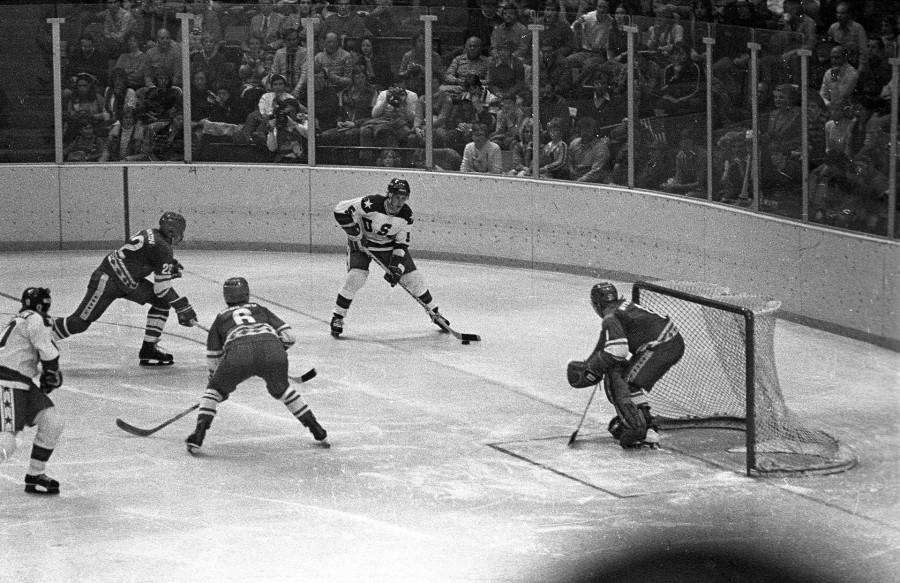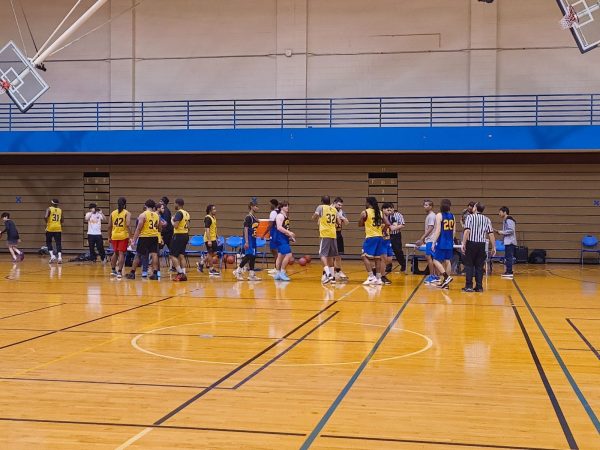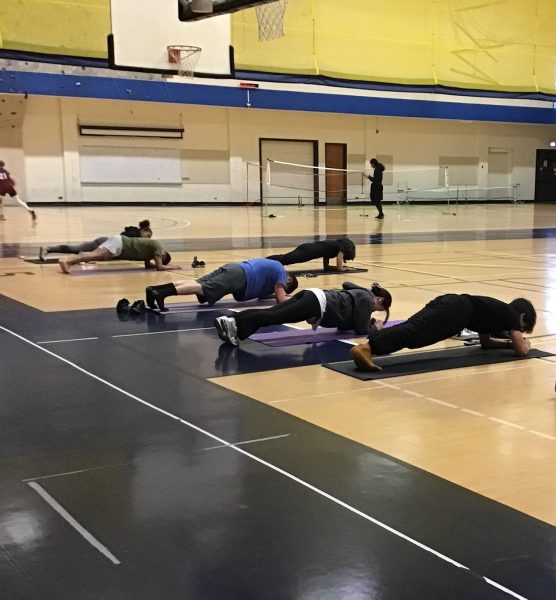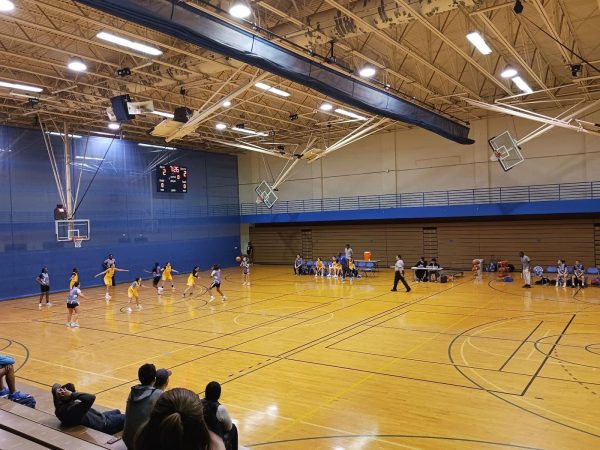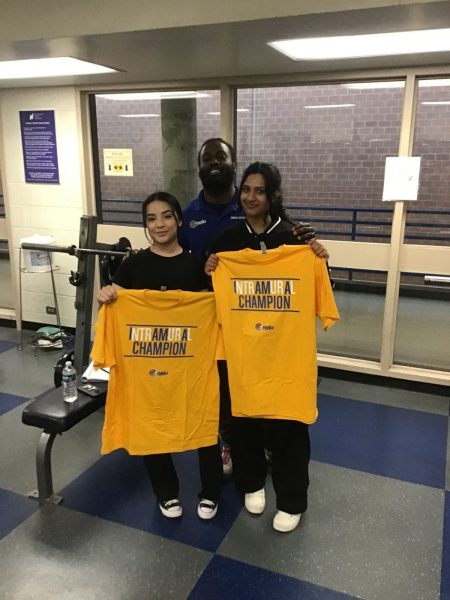Do You Believe In Miracles?
Mike Ramsey (#5 with puck) was the youngest member of the 1980 U.S. Olympic hockey team in Lake Placid.
In a sporting culture that revolves around the success of franchises such as the New York Yankees or the Dallas Cowboys and the impact of icons such as Michael Jordan and Tom Brady, it was a game that took place 35 years ago that went down as “America’s greatest sports achievement of the 20th century.” It was a Cinderella story of an amateur United States hockey team and their unimaginable defeat of the powerhouse Soviet Union team that had won six out of the last seven gold medal games.
The Miracle Game still continues to resonate in the hearts of Americans as an event during which the country’s citizens came together during a time of confusion with a burst of national pride. “It may just be the single most indelible moment in all of U.S. sports history, it was a moment that sent an entire nation into a frenzy,” said “Sports Illustrated,” of Team USA’s improbable gold medal run at the Winter Olympics. On Feb. 22, 1980, David defeated Goliath and American hockey elevated itself into international legitimacy.
Sports have an ability to bring unity among countries and fans around the world and the U.S. is no different. In 1980, the U.S. economy was sputtering, gas prices were rising to unaffordable rates and morale was at an all-time low for America. Worst of all, the aftermath of the Cold War still lingered along with a mutual dislike between the U.S. and the USSR. There was mayhem inside and outside of the border and Americans needed a ray of hope, a victory, something to be proud of. A hockey team of talented college athletes would be exactly what America needed.
The USSR was on top of the hockey world going into the Olympic Games in Lake Placid, New York. Herb Brooks, coach of Team USA, was poised to lead his team to its first victory over the Soviet Union in 20 years. The Soviet team was composed of some of the NHL’s premier players including Vladislav Tretiak, who was the league’s best goalie at the time.
Brooks spent the 1970s as head coach at the University of Minnesota, where he led his team to three NCAA titles. He had his greatest challenge ahead of him though, facing the USSR powerhouse. With his fanatical preparation, Brooks understood that talent alone was not going to defeat the Soviets, it was also going to take hard work and team chemistry.
The road to success did not come easy for team USA. Brooks spent over a year nurturing the team. He held numerous tryout camps, which included psychological testing and a new system that was centered around extreme conditioning. Also, there were players on the same team that disliked each other because of rivalries in their respective college leagues.
Brooks coached his team into becoming a family and fighting for a greater cause. He worked to unite them, even if it came at the price of his players loathing him. He got them to believe that while the Soviets were accustomed to every team being intimidated by them, their team would rise above the intimidation. He challenged them physically and verbally, questioning whether they were good enough, tough enough or worthy of the task.
The Americans were underdogs, but they were competitive. During the game, the Soviets outshot Team USA by a large margin. The score was 2-1 in favor of the Russians, but the first sign of an upset came at the end of the first period. Mark Johnson caught a rebound and scored a tying goal at the buzzer. With a 2-2 tie, the Soviets benched Tretiak, the best goalie in the world, and Team USA went toe-to-toe with the world’s most intimidating hockey team.
Going into the third period, the Americans were down just one goal, despite the aggressive attack USSR unleashed. The Americans were able to capitalize on a power play goal scored by Johnson and tie the game. The crowd erupted. “U-S-A! U-S-A! U-S-A!”
The unity and the hope Americans desperately sought for was in their midst. Minutes later, USSR tried to clear the puck which ended up on the stick of Mike Eruzione who scored on a wrist shot to give Team USA the lead. As the Soviets were urgently trying to find the net in the closing seconds, broadcaster Al Michaels delivered the most famous call in American sports: “Eleven seconds. You got ten seconds, the countdown going on right now. Five seconds left in the game! Do you believe in miracles? Yes!”
The “Miracle on Ice” was impressive because a team of amateurs defeated a group of professionals on one of the world’s biggest stages. People wept, strangers hugged each other and groups around the country broke into rousing renditions of “God Bless America” and “The Star-Spangled Banner.” The real miracle however, was in the new found hope for Americans had generated by the historical moment.
So upon the 35 year anniversary of this event, remember that the “Miracle on Ice” was far more than a hockey game. It was a showcase that proved an invincible machine can be conquered and the effort of an underdog can prevail.
Your donation will support the student journalists of Northeastern Illinois University's The Independent, either in writers' payment, additional supplies and other items of note. Your contribution will allow us to purchase additional equipment for writers/photographers/illustrators and cover our annual website hosting costs.



